Griffiss
hands on learning through amazing projects
Overview
The Griffiss Institute aims to develop the next generation of STEM talent and defense technologies that will strengthen U.S. national security and create economic opportunity for our region, state and nation. We elevate talent, we empower innovation, and we enable experience.
Program Description
The Griffiss Institute aims to develop the next generation of STEM talent and defense technologies that will strengthen U.S. national security and create economic opportunity for our region, state and nation. We elevate talent, we empower innovation, and we enable experience.

Opportunities
Internships
Fellowships
All Opportunities

Griffiss
5G Enhanced Communication Capabilities (Internship)
Emerging 5G communications and network technologies can be leveraged to enhance military communication capabilities. In particular, 5G-enabling technologies are envisioned to provide higher data rates, lower latency, lower power consumption, security enhancements and ubiquitous access including non-terrestrial links. The three major use case domains of 5G— enhanced mobile broadband (eMBB), ultra-reliable low latency communication (URLLC) and massive machine type communications (mMTC)—provide the opportunity to harness commercial technology for future AF use cases such as smart bases, self-driving vehicles, augmented and virtual reality technologies for training, dynamic spectrum management and sharing technologies to facilitate coexistence of commercial and military spectrum dependent systems (SDSs). The 5G research areas of interests for this topic include but not limited to: • Dynamic spectrum management and sharing with unlicensed and shared bands • Internet of Things (IoT) • Waveform design for enhanced security and high mobility • Small cell mission scenarios • AI and ML enhanced/incorporated spectrum management, dynamic sensing and sharing • Smart base/smart port use cases with small cell, V2X, low power and localization technologies • Advanced physical layer techniques such as carrier aggregation, full-duplex and massive MIMO • Beamforming and adaptive nulling for interference tolerance and spectrum sharing/co- existence • Millimeter-wave and terahertz band communications • The application of unmanned aerial vehicles (UAVs) and Non-Terrestrial Networks (NTN) in the next generation of wireless networks and beyond • Leveraging the mobility and 3D positioning of UAVs to enable inherent communications at the physical layer, i.e., Physical Layer Security (PLS) • Channel modeling of air-to-air and air-to-ground channels
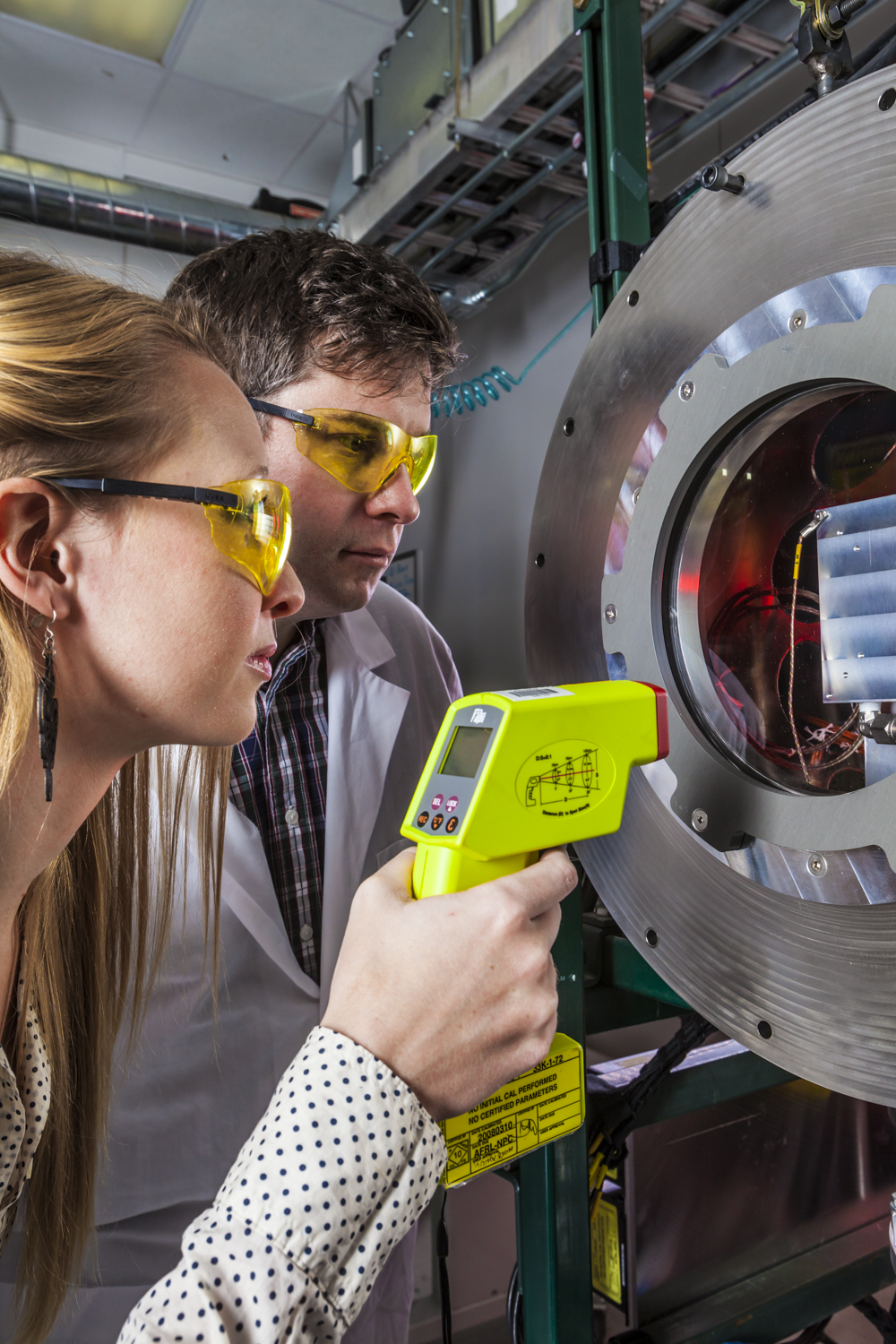
Griffiss
Generalizing Adversarial Machine Learning to Non-Imagery Domains (Internship)
Machine learning models, especially deep neural networks, have been shown to be vulnerable to multiple attacks, e.g., dataset poisoning, backdoor attacks, and adversarial examples, that apply near-imperceptible perturbations to training or test data but yield undesirable outcomes in the machine learning models. The majority of research in this area focuses on benchmark image classification datasets. In natural images, the cost associated with each perturbation is generally calculated by taking some measure of distance between the original and perturbed samples. In this context, an attack is successful if the attack fools a target model and its cost does not exceed a specified threshold. This project is interested in exploring adversarial machine learning techniques in domains where the cost associated with “perturbations” is more restrictive. Interns on this topic will help explore the effectiveness of the existing attack literature on problem domains with additional constraints. Results will be used to explore the generalizability of current adversarial machine learning methods. In the case of adversarial examples, perturbations are typically generated for a specific data sample, however recent work shows that some perturbations may be universal across images and architectures. A goal of this effort is to reconcile this universal approach with the standard individual approach as a method of increasing the generalizability and lowering the cost of generating adversarial attacks against machine learning models. This effort will proceed by implementing various existing perturbation and adversarial attack methods, performing numerical experiments by applying the perturbation techniques to new datasets in non-imagery domains, and exploring the mathematics underlying generalizability of the perturbation and adversarial attack methods.
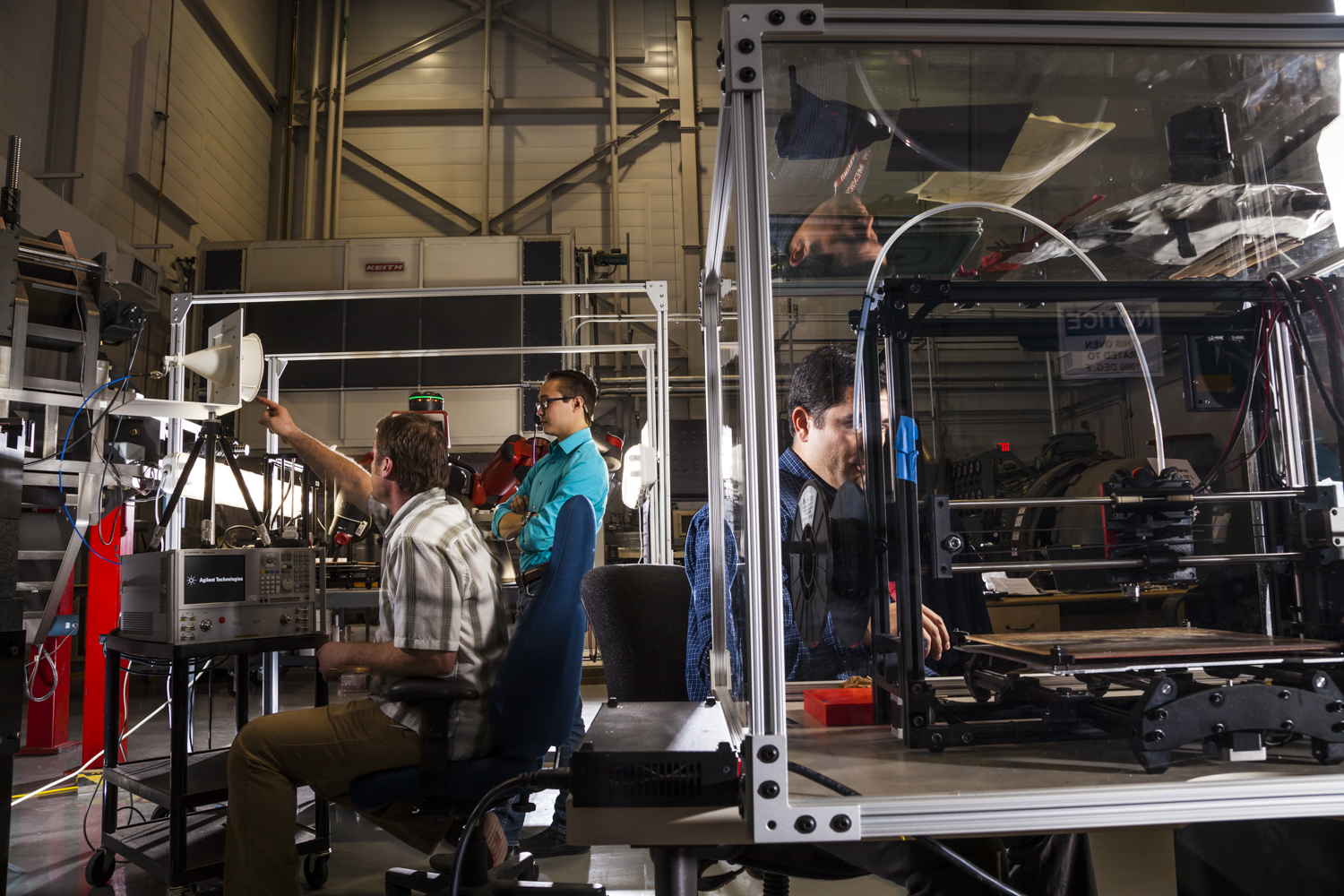
Griffiss
Resilient and Secure Computing on Untrusted Clouds (RESCU Clouds) (Internship)
The AFRL/RI Resilient & Secure Computing on Untrusted Clouds (RESCU Clouds) program keeps close collaboration ties with highly skilled students, professors, engineers, and researchers from academia and industry to conduct different basic and applied research projects. The peculiar diversity of talents working with and cooperating under RESCU Clouds investigate, design, and implement novel methodologies to securely and efficiently outsource data and distribute computations across heterogeneous hostile computing environments and untrusted Cloud Service Providers (CSPs). The research topics of interest focus on zero trust security and include, but are not limited to, (1) decentralized identity and access control mechanisms and protocols, including those that support anonymity. (2) Novel application of existing cryptographic primitives and protocols to zero-trust computing paradigms. (3) Design cross- cloud, CSP-independent, privacy-aware protocols and frameworks that operate in the presence of emerging zero-trust security mechanisms. (4) Enable secure and transparent migration of application and data across heterogeneous CSPs, and facilitate multi-objective optimization in the security-mission trade space. (5) End-to-end data protection, concurrency and consistency for multi-user multi-cloud environments.
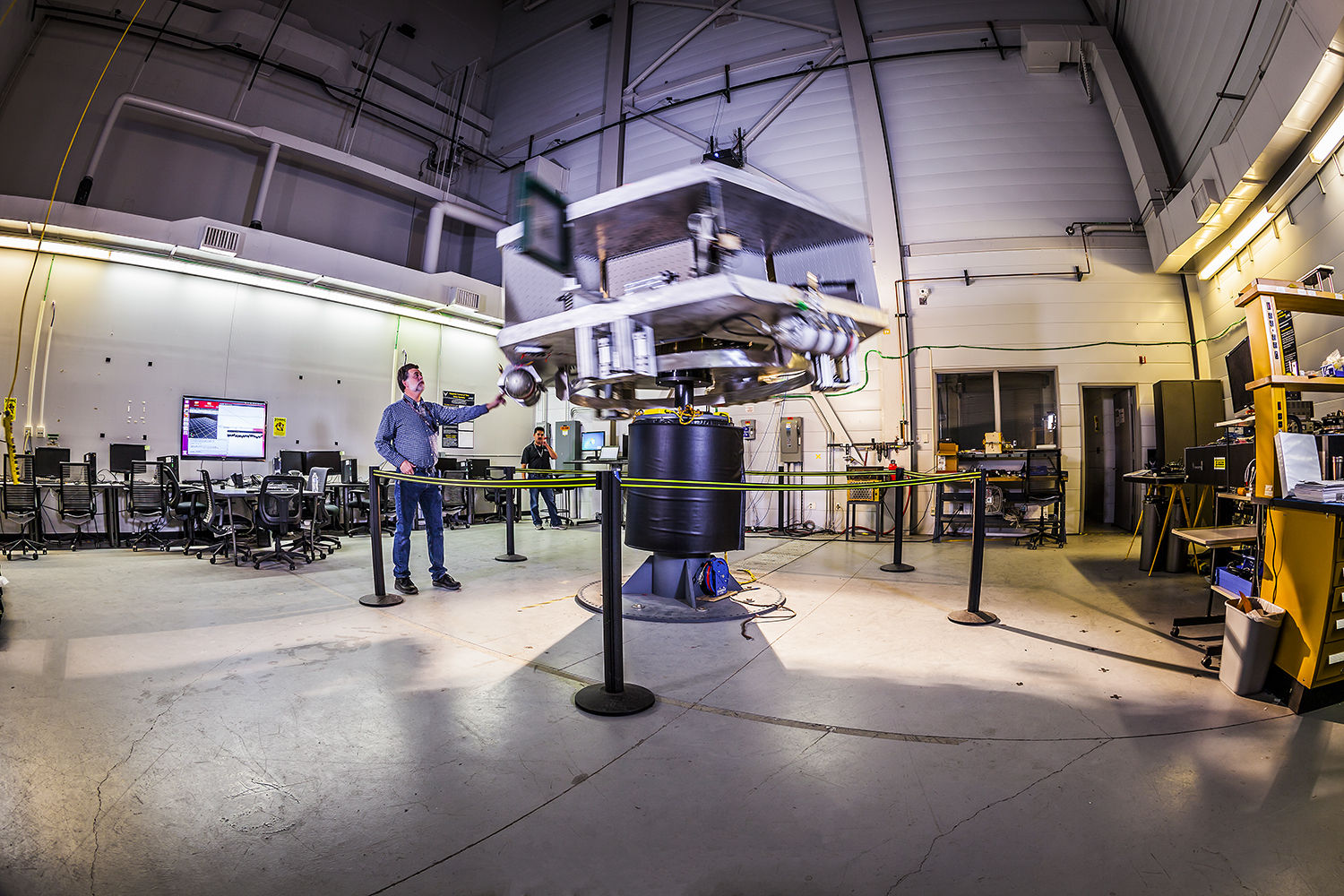
Griffiss
Quantum Information Sciences: Integrated Quantum Photonics (Internship)
The Quantum Information Sciences branch (AFRL/RITQ) performs cutting-edge experimental and theoretical research in a wide range of topics at the frontiers of quantum computing and quantum networking. With a unique interdisciplinary team composed of physicists, engineers, mathematicians, technicians, and computer scientists, RITQ has numerous active research efforts in quantum algorithms and leading quantum technologies such as trapped-ion systems, integrated quantum photonics, and superconducting quantum devices. Below are the application spaces and skillsets desired for four different projects available to choose from broken out by active research efforts. The Integrated Quantum Photonics team centers on both the theoretical and experimental aspects of photon-based qubits. The team develops the technology to generate, manipulate, measure, and quantify entangled photons. Typical summer projects include the production and quantification of entangled photons, programming to automate test equipment, integrated photonic device modeling, and theoretical models for quantum transduction.
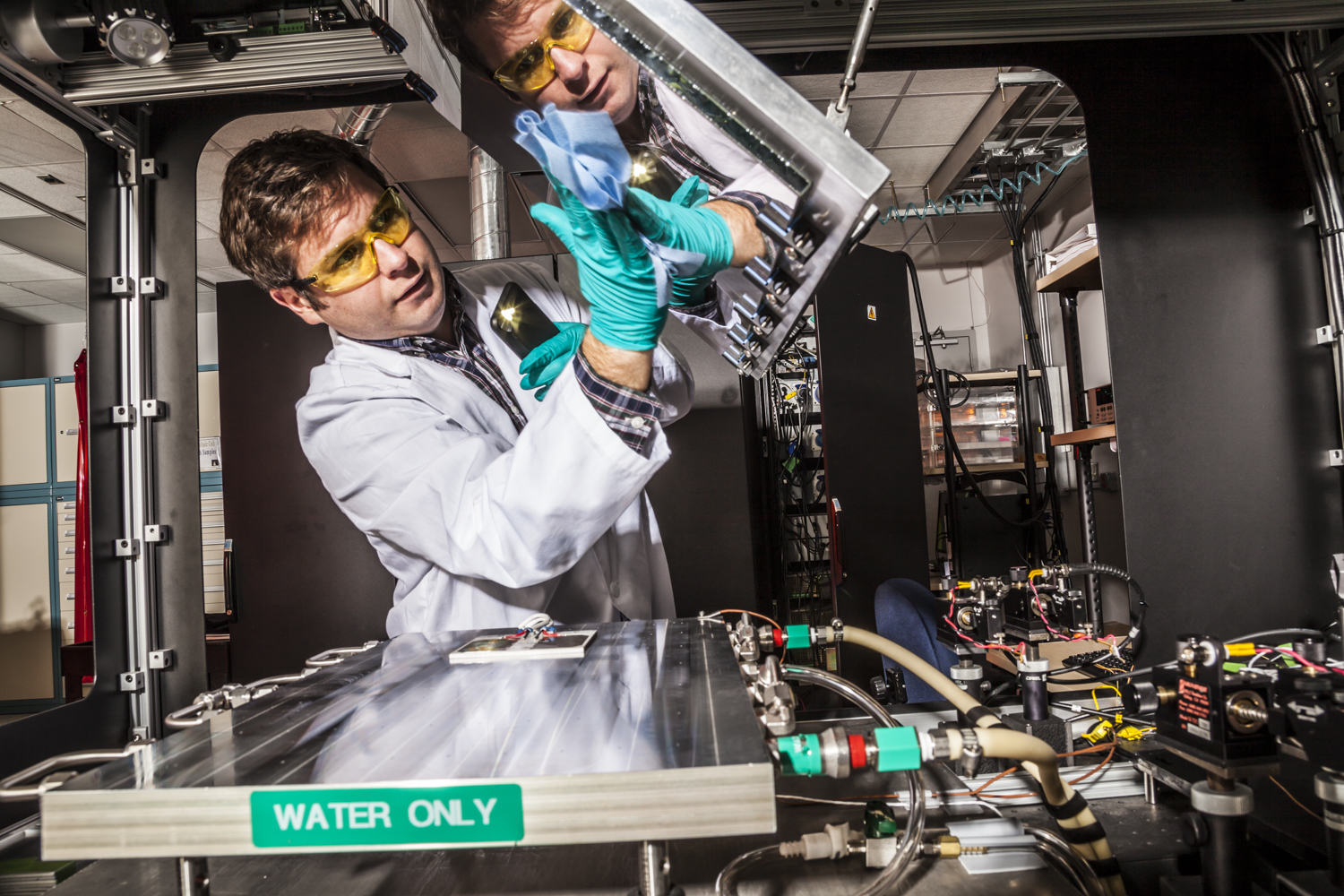
Griffiss
Quantum Information Sciences: Quantum Algorithms (Internship)
The Quantum Information Sciences branch (AFRL/RITQ) performs cutting-edge experimental and theoretical research in a wide range of topics at the frontiers of quantum computing and quantum networking. With a unique interdisciplinary team composed of physicists, engineers, mathematicians, technicians, and computer scientists, RITQ has numerous active research efforts in quantum algorithms and leading quantum technologies such as trapped-ion systems, integrated quantum photonics, and superconducting quantum devices. Below are the application spaces and skillsets desired for four different projects available to choose from broken out by active research efforts. The Quantum Algorithms team tackles understanding, characterization and exploration of commercially available quantum hardware systems. Application spaces of algorithm development include graph theory optimization and quantum machine learning. Typical summer projects may include programming on a commercially available quantum hardware platform, quantum simulations, software analysis, and algorithmic development.
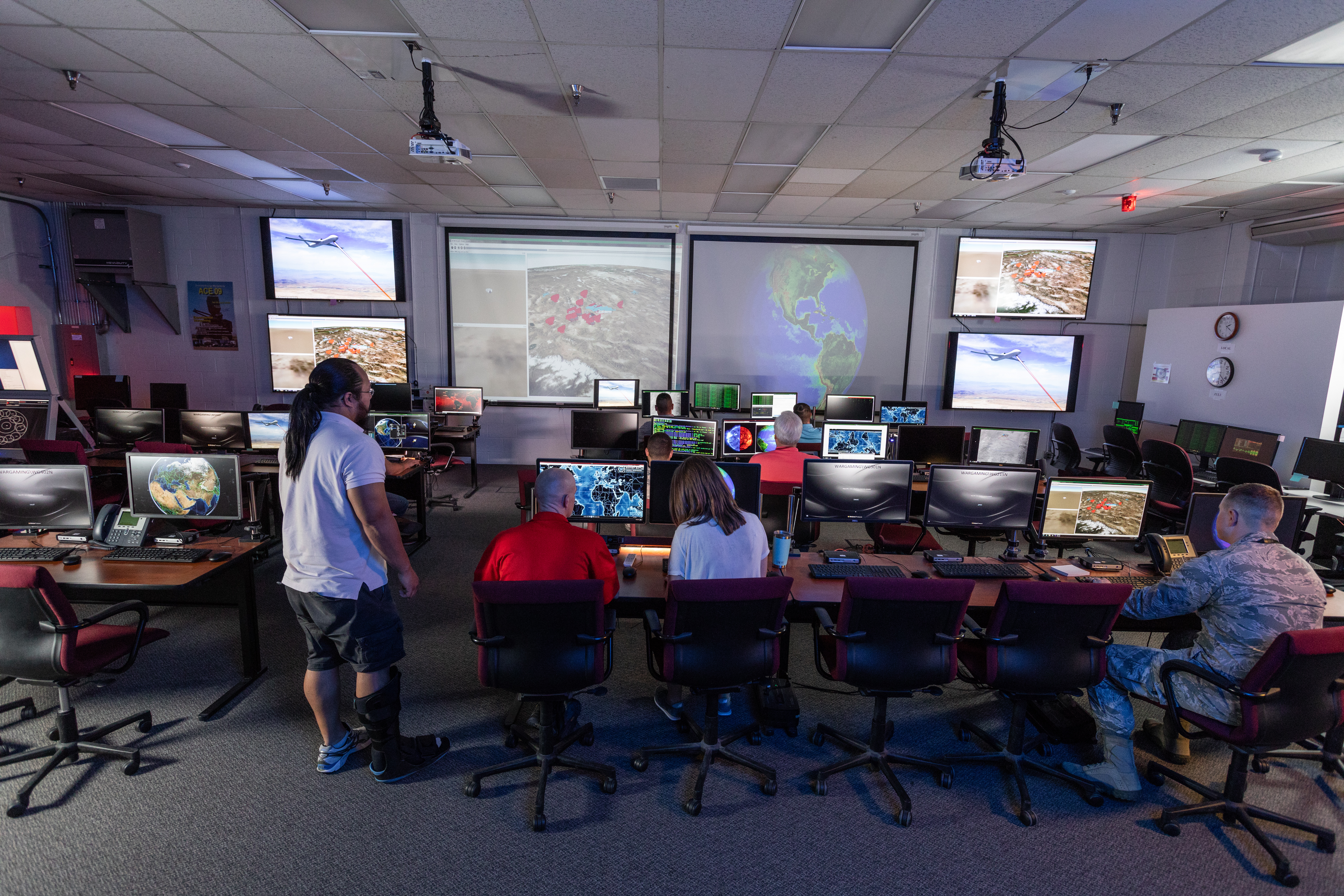
Griffiss
Small Unmanned Aircraft Systems (C-sUAS) (Internship)
The AFRL/RI C-sUAS team is comprised of a unique combination of program managers, cybersecurity specialists, hardware/software engineers, UAS flight testing operators, and UAS Traffic Management (UTM) subject matter experts. This combination of individuals allows them to tackle a wide spectrum of topics including: • basic and applied research such as Commercial Off-the-shelf (COTS) • small Unmanned Aircraft System (sUAS) Command and Control (C2) link exploitation • sUAS detection/tracking/identification and defeat capability development • UTM capability development for ensuring the safe operation of UAS within the National Airspace System (NAS) and the application of Artificial Intelligence (AI) and Human-Machine Teaming (HMT) to speed up decision making to assist C-sUAS and UTM Operators in executing their missions. Typical summer topics may include C2 protocol analysis, C-sUAS capability development, AI/ML/HMT programming and algorithm development, and UTM capability development. Systems include the Ninja and Paladin C-sUAS systems, and the Collaborative Low-altitude UAS Integration Effort (CLUE) UAS Service Supplier (USS) and other UTM capabilities under development.

Griffiss
Software Defined Radio and Machine Learning for Exploitation (Internship)
The AFRL/RI SIGINT (Signal Intelligence) Group would like to transform the traditional methods for encoding, modulating, transmitting, receiving, exploiting, demodulating and decoding the information carried by man-made signals. We are looking for smart, low complexity, efficient, real-time, reliable and multifunctional transceivers and techniques that take advantage of novel signal processing and machine learning methods. We are also interested in extending methods beyond their conventional usages. Typical summer projects include classification, detection, estimation, classification, coding, and other areas of telecommunications applied to hostile and complex environments. The projects are designed to promote brainstorming and allow the student to implement guided solutions or propose and develop their own depending on technical merits.
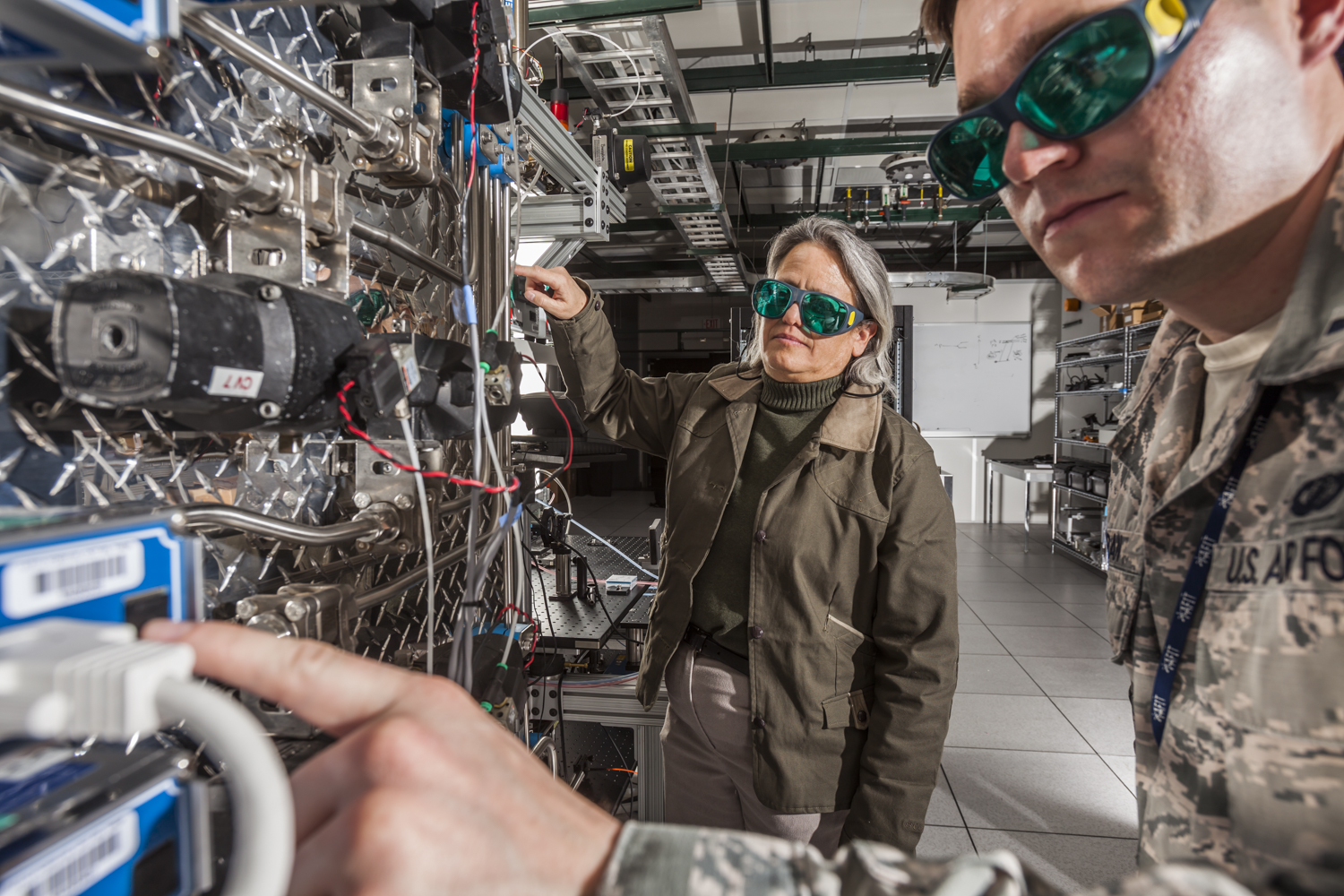
Griffiss
Machine Learning Interpretability and Explainability (Internship)
The AFRL/RI RIGC Branch is comprised of a mathematicians, physicists, DSP engineers, software engineers, and intelligence operators. This combination of individuals allows them to tackle a wide spectrum of topics from basic research to the challenging aspects of real-time implementation of the results of research efforts. Typical summer topics may include software analysis, database development, programming, machine learning in IOT type systems and sensor data signal detection and processing. The branch interest range over topics linked to increasingly sophisticated techniques in signal detection, characterization, tracking, and classification, all with the goal of signatures via array processing. State of the art techniques such as deep neural networks and other machine learning algorithms are used to pursue solutions for increasing signal exploitation to enable warfighters with significant situational awareness and knowledge. Key to successful development and use of ML techniques is robust knowledge of ML and insights into the inner workings of these systems.
Meet the mentors
Mentors list coming soon!
Media Inquiries
afrl.pa.inquiry@us.af.milBusiness Inquiries
afsbirsttr-info@us.af.milHigher Education Inquiries
collaborate@us.af.milCopyright © 2025 The Air Force Research Laboratory. All rights reserved.
